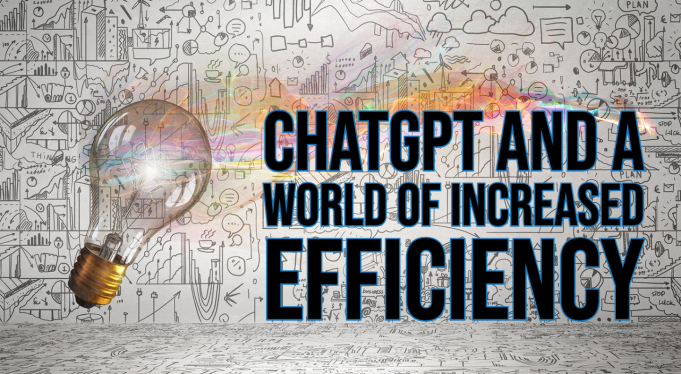ChatGPT is a large language model that represents the cutting edge of artificial intelligence technology. The emergence of ChatGPT and other AI systems has the potential to revolutionize many aspects of our lives, from healthcare and finance to education and entertainment. Rapid advancements in AI are being driven by the ability of machines to learn from other machines, leading to exponential growth in AI capabilities. As a result, we are seeing exciting developments in areas such as natural language processing, image recognition, and robotics.
Of late, the topic du jour for table talk has been around the emergence of AI and interfaces like ChatGPT. It feels as though overnight, individuals were able to utilize AI systems to greatly enhance their knowledge, productivity, and efficiency. In this blog post, we aim to explore this new world of AI as well as some of the broader implications that it might have.
ChatGPT – Large Language Model
It has only been several months since ChatGPT has seemingly taken the world by storm, and already its use cases are jaw-dropping. ChatGPT is an AI chatbot that uses machine learning algorithms to respond in a human-like fashion. It is known as a ‘Large Language Model’ (LLM) which was trained on a large majority of the data on the internet, and the training was ‘unsupervised’, which means that it allowed the model to learn patterns and relationships in the data on its own.
Using ChatGPT’s interface, one can have a conversation about virtually any topic, and the results have so far enabled people to learn and work at a faster pace than before. For example, the first paragraph of this blog post was written entirely by ChatGPT.
Even though ChatGPT is fairly new, there are already AI-generated newsletters that are strictly written by AI. Individuals are using ChatGPT for personal learning, advancements, curiosities, and the amount of new content as a result of this will be enormous.
To demonstrate the capabilities of ChatGPT, I asked it to summarize the contents of this blog post so far using bullet points and highlighting the most important pieces. The AI’s response is below.
Source: Authors Prompt
AI Generative Images
The same company that created ChatGPT also released an AI program called DALL-E that can generate images from text. DALL-E is based on the same GPT architecture as ChatGPT, and it is capable of generating highly realistic images that correspond to the text input that it receives. The implications of AI-generated images are numerous, ranging from art and design to e-commerce and advertising.
For example, I used DALL-E to generate the image below using the text input ‘robots self-learning’.
Auto-GPT – Autonomous Workers
If the proliferation of ChatGPT and AI-generated images was not enough, Auto-GPT is the equivalent of a fully autonomous, 24/7 full-time employee that can browse the internet and learn how to complete tasks by itself. Auto-GPT uses ChatGPT’s model, and allows individuals to create autonomous workers with pre-set goals and tasks. The interesting part is that the autonomous worker chooses and learns how to complete these tasks by itself.
Creating an autonomous worker via Auto-GPT works like this:
Step 1: Define a name for the bot
Step 2: Define the broad purpose of the bot (ie. Find the best set of golf clubs for a specific price, create a business model and plan and write down the steps needed to carry out this plan)
Step 3: Set clear, defined goals for what the bot is to accomplish
The bot will then begin working on small tasks to complete its larger goal, and it will even create ‘sub-workers’ below it to go out on to the internet and learn how to perform specific tasks. Models like these can even be used to refine and create better Large Language Models (LLMs) to further accelerate the speed at which advancements take place.
Broader Implications of AI
AI is not necessarily a new topic, but the practicality of using AI to enhance one’s productivity or knowledge is a new development over the past several months. The rapid onset of AI usability recently has been attributable to two main factors: increased computational power in recent years and a research paper discovering ‘transformer architecture’ written by Ashish Vaswani.
It is still so early in the AI space that it is difficult to fully grasp all of the implications, however, we know that nearly every industry has the capability to integrate AI and improve economic productivity and efficiency, as a result of millions of new AI users in recent months the economic results of these new technologies will occur faster than most believe, and the key is to leverage these technologies rather than reject them.
Research for Today, Invest for Tomorrow.

Twitter: @5iChris






Comments
Login to post a comment.